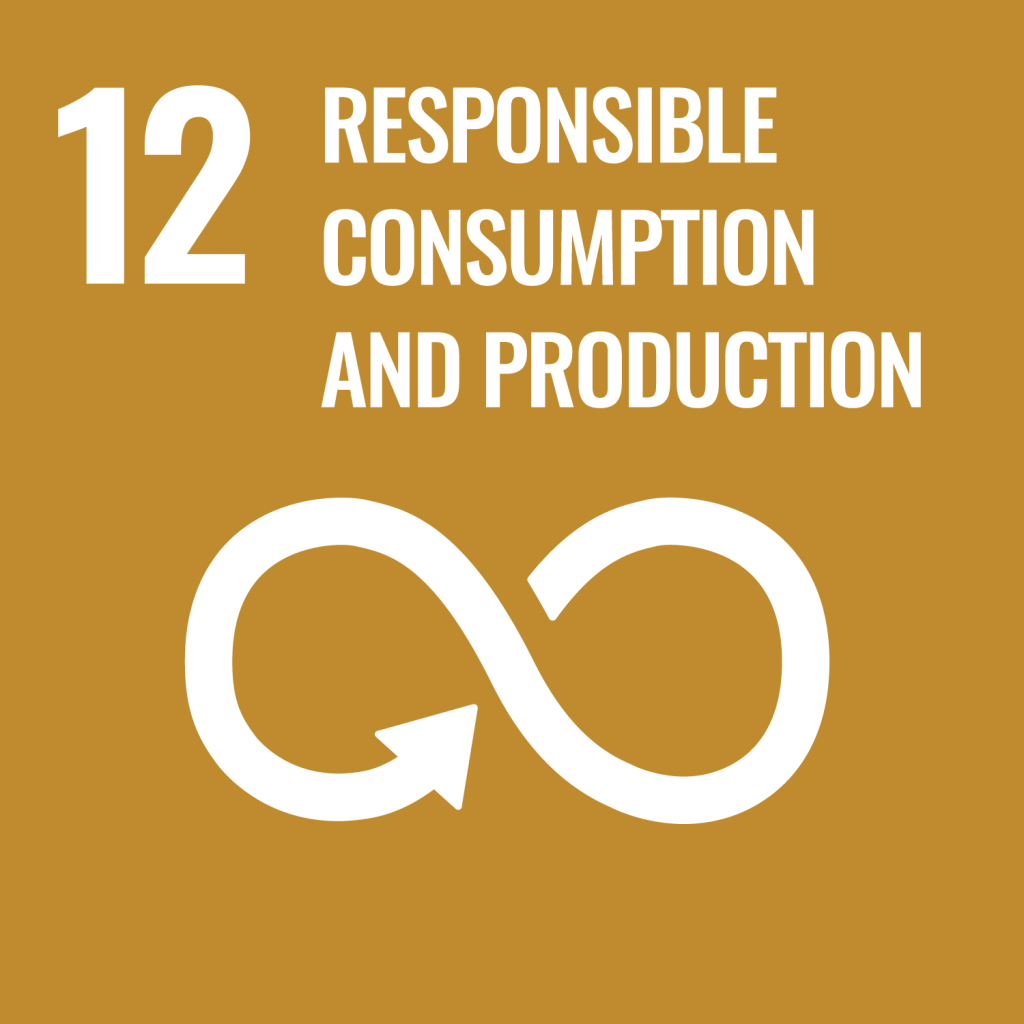A commonly used framework for business sustainability actions is the United Nations’ Sustainable Development Goals Framework. This article aims to inform companies about how reusable packaging implementation aligns with the Sustainable Development Goals and as such could be included in their sustainability plans and reports.
Adopting reusable packaging and reusable packaging systems directly contributes to achieving SDG 11: Reducing Environmental Impact in Urban Areas and SDG 12: Sustainable Consumption and Production. Let’s explore those two areas in more detail.

Addressing SDG 11: Reducing Environmental Impact in Urban Areas
One of the targets under the SDG 11 is target 11.6 that aims to reduce the per capita environmental impact of cities by addressing air quality and improving municipal waste management. The widespread adoption of reusable packaging by companies in urban areas helps cities combat the challenges posed by single-use packaging waste, which often overwhelms waste management systems and contributes to urban pollution.
By implementing open or closed-loop reuse systems that emphasize reuse over disposal, companies can significantly reduce the volume of waste generated, thereby easing the burden on municipal waste facilities and improving urban living conditions.
Advancing SDG 12: Sustainable Consumption and Production
SDG 12, particularly Target 12.5, emphasizes the substantial reduction of waste generation through prevention, reduction, recycling, and reuse. Reusable packaging embodies this principle by:
- Preventing Waste: Transitioning from single use to reusable systems eliminates waste at the source.
- Reducing Resource Use: Durable, reusable packaging requires fewer raw materials over its lifecycle, promoting resource efficiency.
- Supporting Circular Economy Practices: Reusable systems enable packaging to be used multiple times, keeping materials in circulation longer and reducing overall environmental footprints.

Practical Steps for Businesses 👣
To adopt and implement reusable packaging effectively, companies can:
- Conduct a Packaging Audit: Assess current packaging usage and identify opportunities to replace single-use options with reusable alternatives.
- Engage Stakeholders: Collaborate with experts to design, chose and implement effective reuse systems.
- Monitor and Report Progress: Track key metrics such as waste reduction, reuse cycles, resource savings and related environmental footprint reduction.
- Educate and Advocate: Promote awareness about the environmental and economic benefits of reusable packaging both internally and externally.
Including Reusable Packaging in Sustainability Reports 🍃
Companies prioritizing SDG 11 and 12 can highlight their reusable packaging initiatives in sustainability reports by:
- Documenting measurable impacts, such as the reduction in single-use packaging waste.
- Reporting progress on SDG indicators, such as 12.5 (waste reduction efforts).
- Sharing case studies or success stories that demonstrate the scalability and effectiveness of reusable systems.
An Actionable Path Toward the SDGs 🛣️
Incorporating reusable packaging into business operations is a tangible step toward achieving SDG goals. It not only enhances environmental sustainability but also positions companies as leaders in sustainable innovation. To learn more about how reusable packaging can transform your business and contribute to the SDGs, explore our resources and join the movement toward a circular economy.
Together, we can make a significant impact by turning sustainability strategies into practical, measurable actions.

At Circl’it, we’re dedicated to helping businesses reduce waste and embrace reusable packaging solutions that benefit both the environment and the bottom line. Our experts’ experience spans multiple sectors and specializations, ensuring that businesses of all kinds can benefit from tailor made solutions to their needs.


